Burkina Faso Super Tucano conducts first joint air op with French Mirage 2000 jets
The joint air operation came a month after Burkina Faso asked for 48 hours advance notice of foreign military overflights, warning that any unidentified planes would be considered "enemy"
Burkina Faso’s air force conducted its first joint air operation with France, when an Embraer EMB 314 Super Tucano worked alongside French Mirage 2000D fighter jets near Arbinda in December, the French Armed Forces Ministry said in a release.
After a December 24 attack on a Burkinabé military detachment near Arbinda in the northern Soum province which borders Mali, two Mirage 2000D jets took off from Niamey air base to conduct the joint operation with the Burkina Faso Air Force (FABF), the Thursday, January 9 release said.
Islamic State claimed fighters from its West Africa Province affiliate carried out the December 24 attack in Hallele, which began when a suicide car bomb (SVBIED) exploded at the base. A security source told AFP that the base was then attacked by more than 200 heavily armed fighters in pick-up trucks and on motorcycles. Seven soldiers were killed and many others injured in intense fighting that lasted several hours.

“Once in flight, we were immediately in radio contact with the pilot of a Burkinabé Tucano aircraft,” said Commander Jean-Baptiste, fighter pilot and leader of the French Mirage 2000 patrol. “He then told us very clearly that Burkinabé troops on the ground were under attack.”
Once the French aircraft arrived in the Arbinda area, they gathered information on the situation, the aircrew apprised the French command and split tasks between the two aircraft.
“The first Mirage supported the camp and the ground troops, while on board the second aircraft we looked for any suspicious activity around the area,” said Commander Camille, a weapons system navigator.
Within minutes, the French crews detected a group of about 10 motorcycles.
“Our goal was then to guide the Burkinabé plane towards the target, so that it could neutralize it,” Jean-Baptiste said. “What the Tucano couldn’t see, we could do for it, while supporting the troops on the ground.”
France 24 reported that the insurgents were eventually repelled after several hours by Burkinabé armed forces supported by air power. However, militants had simultaneously attacked Arbinda town and killed 35 civilians, according to President Roch Marc Christian Kabore. ISIS did not claim that ISWAP was responsible for killing the civilians.
Foreign aircraft in the Sahel
The Franco-Burkinabé joint operation came just over a month after Burkina Faso asked for 48 hours advance notice of foreign military overflights, warning that any unidentified planes would be considered “enemy.” In a letter to foreign defense attachés, chief of staff Brigadier-General Moise Miningou noted that “unidentified aircraft” were overflying Burkinabé military bases and areas of operation.

France has three armed Reaper drones, four Mirage 2000D fighter jets, between six and 10 tactical and strategic transport aircraft including C-130s, and at least 16 helicopters including Tigres and Gazelles deployed to its Operation Barkhane counter-terrorism mission in the Sahel. Atlantic 2 long-range patrol aircraft and A400M transport aircraft have also been used. The Mirages and Reapers are based at the airport near Niger’s capital Niamey.
A French military source told AFP that Miningou’s letter showed that there was a “certain tension” between Burkina Faso and France, but noted that Burkinabé military would not fire on French aircraft, and that “the French can’t give 48-hour notice for a flight over Burkina territory.”

Super Tucano – a light, durable and flexible turbo-prop aircraft
The FABF received three Embraer EMB 314 Super Tucano light attack aircraft in 2011, making Burkina Faso the first African nation to operate the type.
Burkinabé Super Tucanos conducted their first airstrikes in the Pama and Gayeri areas in the country’s east in September 2018, after a series of insurgent attacks in the area over a number of weeks.
A durable and flexible two-seat aircraft designed for counter-insurgency and close air support roles, the Super Tucano can also be used for reconnaissance missions in low-threat environments, and for pilot training.
Brazil’s Embraer, the designer of the aircraft which it designates EMB 314, also builds aircraft in the U.S. in a partnership with Sierra Nevada Corporation. The U.S. aircraft are designated A-29 Super Tucano.
The aircraft has been selected by 14 air forces worldwide and more than 230 aircraft have been delivered. Super Tucanos have racked up more than 360,000 flight hours and more than 46,000 combat hours.

Powered by a variant of the Pratt & Whitney Canada PT 6, the Super Tucano is capable of operating from unimproved runways, and can be equipped with advanced avionics, an electro-optical, infrared and laser targeting system, as well as communications and datalinks to enhance its combat capability.
The aircraft is capable of carryiing a wide range of weapons including unguided Hydra 70 2.75-inch rockets and gravity bombs, Advanced Precision Kill Weapon System (APKWS) guided rockets and Paveway II laser-guided bombs, and various missiles including AIM-9L Sidewinder air-to-air missiles and AGM-65 Maverick air-to-ground missiles.
The Super Tucano is relatively cheap to buy, fly and maintain, costing from around $18 million each depending on configuration and about $1,000 per flying hour, according to The Diplomat.

Its low cost and flexibility have powered significant demand from African and Asian nations battling militants, including Afghanistan, where A-29 Super Tucanos play an increasingly important role in counter-insurgency operations. Burkina Faso’s Sahel neighbor Mali received four aircraft in 2018, and Nigeria, which has for a decade battled the Boko Haram insurgency in the northeast, is procuring 12 A-29 Super Tucanos for the Nigerian Air Force. The aircraft, which are due to be delivered this year, are set to be based at Kainji in the west of the country.
Intensifying violence in Burkina Faso
One of the poorest countries in the world, former French colony Burkina Faso lies in the heart of Africa’s sprawling, impoverished Sahel, on the southern rim of the Sahara desert.
The country has been battling an escalating wave of attacks over the last three years, beginning in the North Region near the border with Mali. Attacks have spread to the East Region, near the border with Togo, Benin and Niger, and to a lesser extent, the west of the country.
Burkina Faso’s badly equipped, poorly trained and underfunded security forces have been unable to stem the violence, which intensified throughout 2019.
Many armed groups including Islamic State are active in Burkinna Faso and the wider Sahel. Most insurgent attacks are attributed to the Group to Support Islam and Muslims (JNIM) which has pledged allegiance to al-Qaeda leader Ayman al-Zawahiri, and to Ansar ul Islam, which emerged near the Mali border in December 2016. Since May 2019, Islamic State has attributed insurgent activities in the Mali-Burkina Faso-Niger tri-border area to its West Africa Province affiliate, rather than to what was previously known as Islamic State in the Greater Sahara.
The complex insurgency in the Sahel began in 2012, when a Tuareg separatist uprising was exploited by Islamist extremists linked to al-Qaeda who took key cities in Mali’s desert north. France began its Operation Serval military intervention in its former colony early the next year, driving the jihadists from the towns, and the MINUSMA U.N. stabilization mission was established.
But the militant groups have morphed into more nimble formations operating in rural areas, and the insurgency has gradually spread to central and southern regions of Mali and across the borders into neighboring Burkina Faso and Niger.
Serval evolved in August 2014 into Operation Barkhane, and roughly 4,500 French troops are deployed in the region. Barkhane focuses activity in insurgent-hit Mali, Niger and Burkina Faso, and troops work alongside other international operations, including the roughly 14,000-strong MINUSMA in Mali and the G5 Sahel Joint Force (FCG5S), a planned 4,500-strong joint counter-terrorism force comprising troops from Burkina Faso, Chad, Mali, Niger and Mauritania.
France has also been trying to build international support for a new military force to work alongside Barkhane.
French plans for a new international special operations task force for the Sahel were first reported in early October, and on November 5, Parly said that France expected the new force – dubbed “Takuba” – to deploy in Mali by 2020.
Estonia was the first partner to confirm a special operations forces deployment to Takuba. A defense ministry spokesperson told The Defense Post that special forces will deploy to Mali in the second half of 2020 and that force will ‘assist, advise and accompany’ the Malian Armed Forces. Belgium and the Czech Republic have also signaled that they will participate, but the U.S. and Germany declined to join the task force.
President Emmanuel Macron and the presidents of the G5 Sahel group of states are due to meet this weekend to discuss security and the presence of France-led forces in the region. In November, Macron said France was “confirming and consolidating its commitment” to the Sahel, noting that additional military resources would be forthcoming by early 2020, and that decisions would soon be announced on revamping the G5 Sahel Joint Force.
In November, senior officials said the United States is seeking a meeting of the Coalition against ISIS early in 2020 to focus on threats in West Africa and the Sahel.

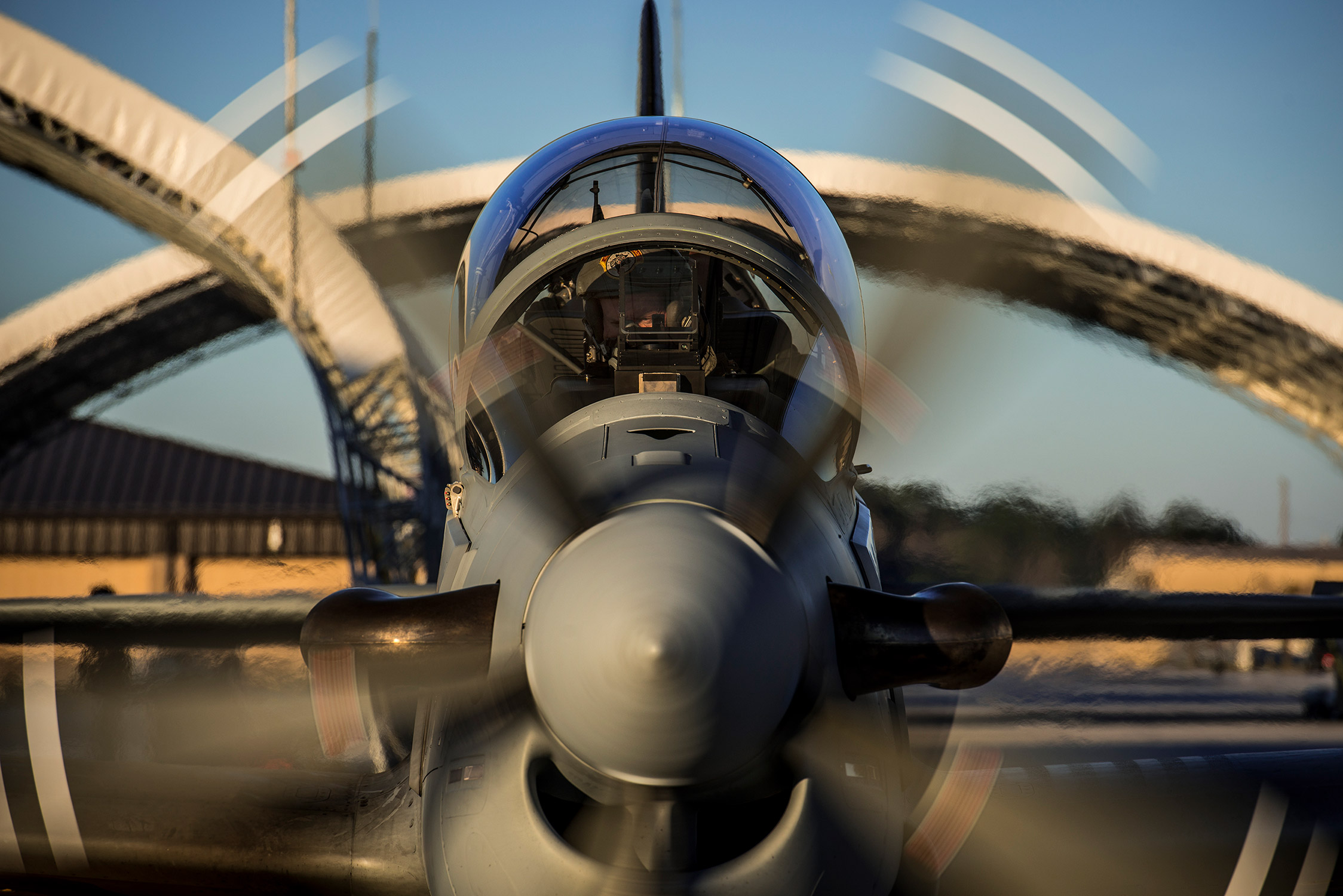
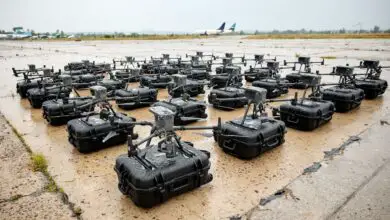
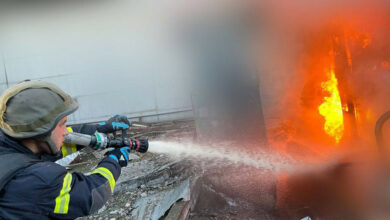


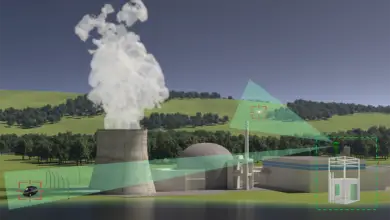
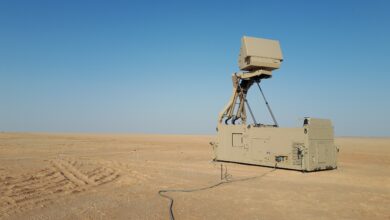

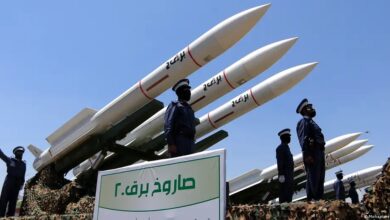
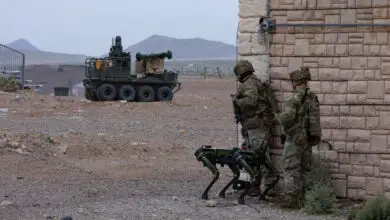
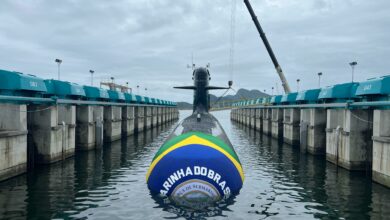
One Comment